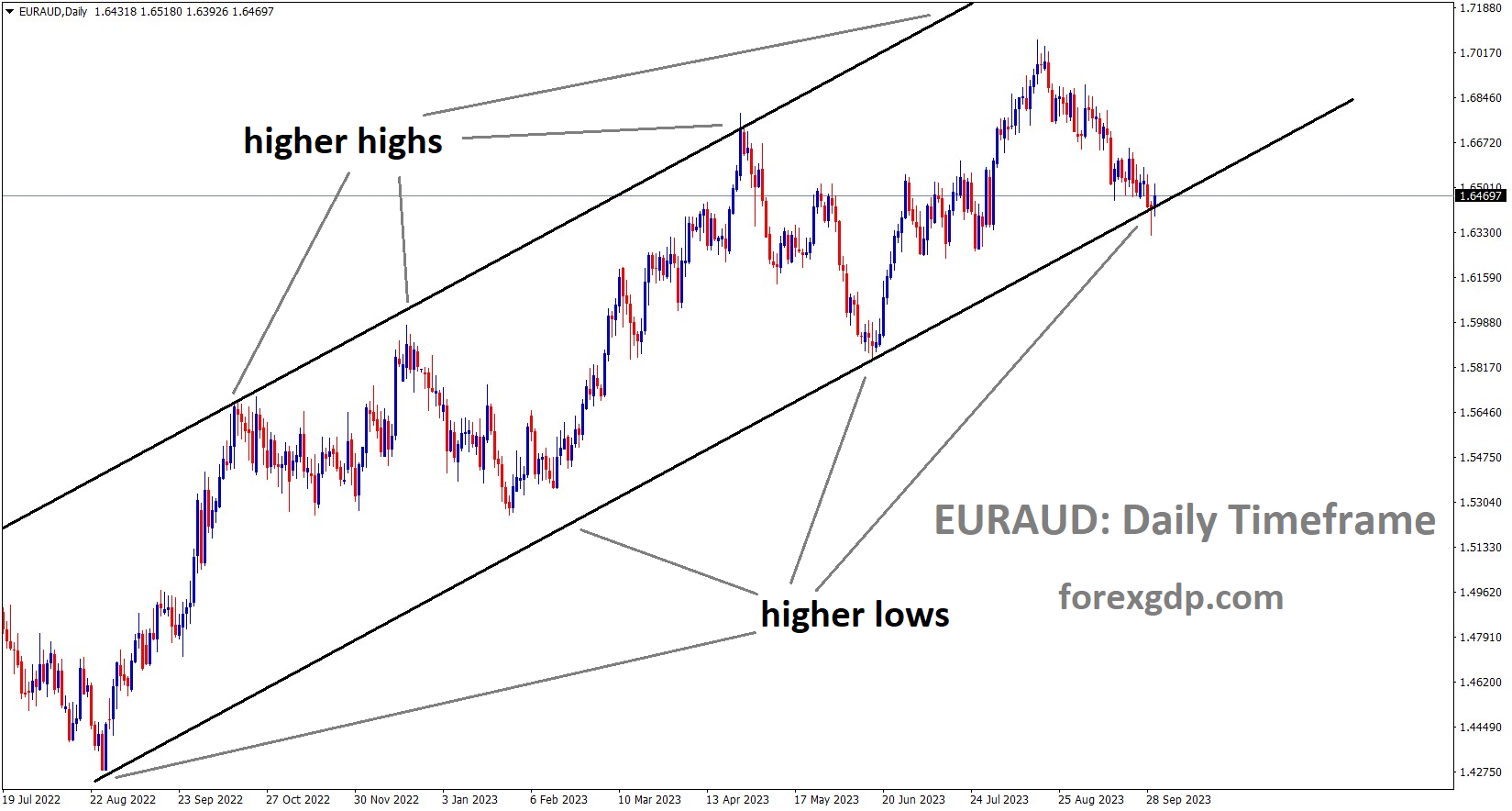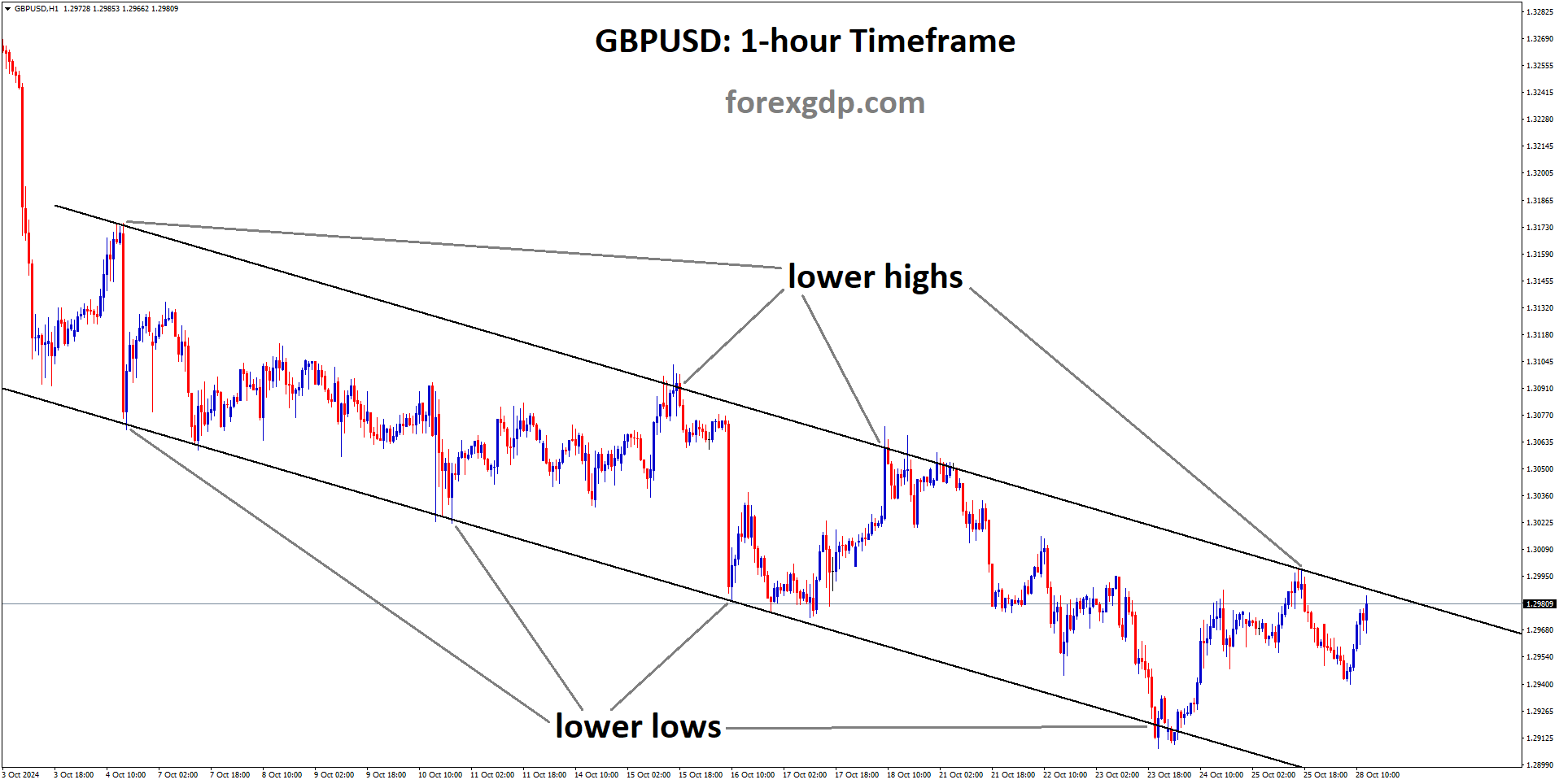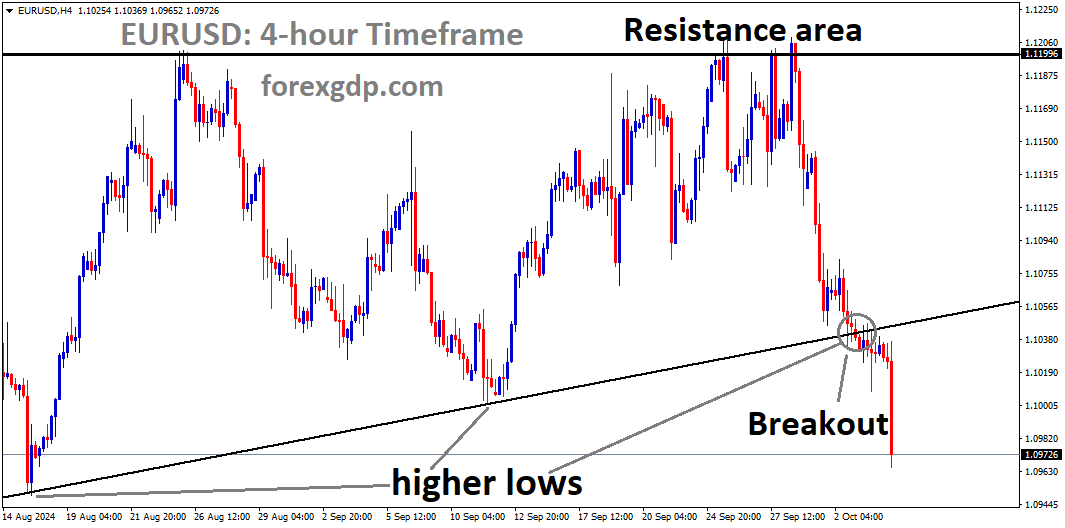EURAUD is moving in an Ascending channel and the market has reached the higher low area of the channel
The Reserve Bank of Australia finds itself at a critical crossroads as it grapples with surging inflation rates, which have reached an alarming 5.2% as of August. This article seeks to delve into the multifaceted factors contributing to this inflationary surge and to explore the RBA’s response strategies. Additionally, we will delve into expert predictions and analyses regarding the future trajectory of interest rates in Australia.
The Escalation of Inflation
August Inflation Spike
The sudden and substantial escalation of Australia’s inflation rates in August 2023 has garnered considerable attention from economists, policymakers, and the public at large. The jump from the previous month’s 4.9% to 5.2% is an alarming indicator of the severity of the inflation problem. To understand the implications and drivers behind this surge, it is crucial to examine the various contributing factors.
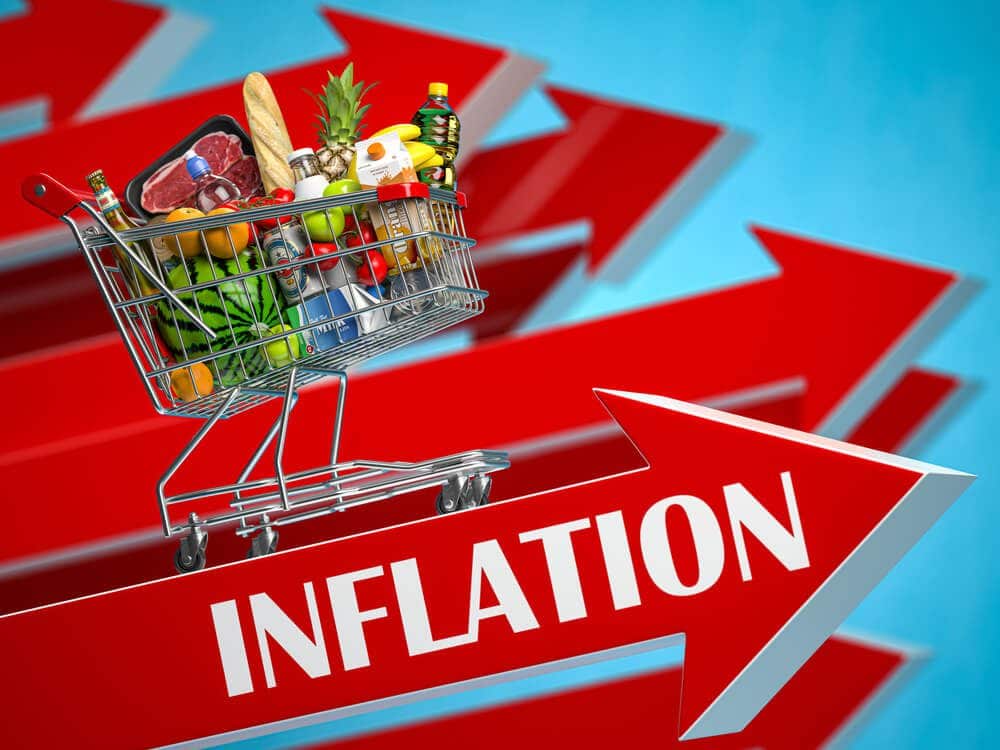
Australia’s inflationary pressures are driven by a combination of internal and external factors. Internally, the cost of living has increased significantly, with housing, fuel, and everyday expenses becoming more burdensome for consumers. Externally, global events, particularly the surge in oil prices, have had a substantial impact on Australia’s inflation rate.
Inflationary Pressures and Persistent Price Hikes
To gain a deeper understanding of the ongoing inflationary pressures, it is essential to examine how these pressures manifest in different sectors of the economy. Businesses across various industries have been passing on the rising costs of energy, labor, and raw materials to consumers. This phenomenon has led to a sticky inflation trend, wherein prices do not ease as swiftly as expected after temporary disruptions.
This persistent price pressure is especially evident in labor-intensive service sectors. Costs in areas such as finance, insurance, hairdressing, and recreation have continued to rise, often in conjunction with wage growth. As a result, consumers face increased prices for these services, contributing to higher inflation expectations.
The RBA’s Response and Policy Considerations
RBA’s Role in Managing Inflation
The RBA, as Australia’s central bank, has a primary mandate to maintain price stability within a target inflation range of 2-3%.
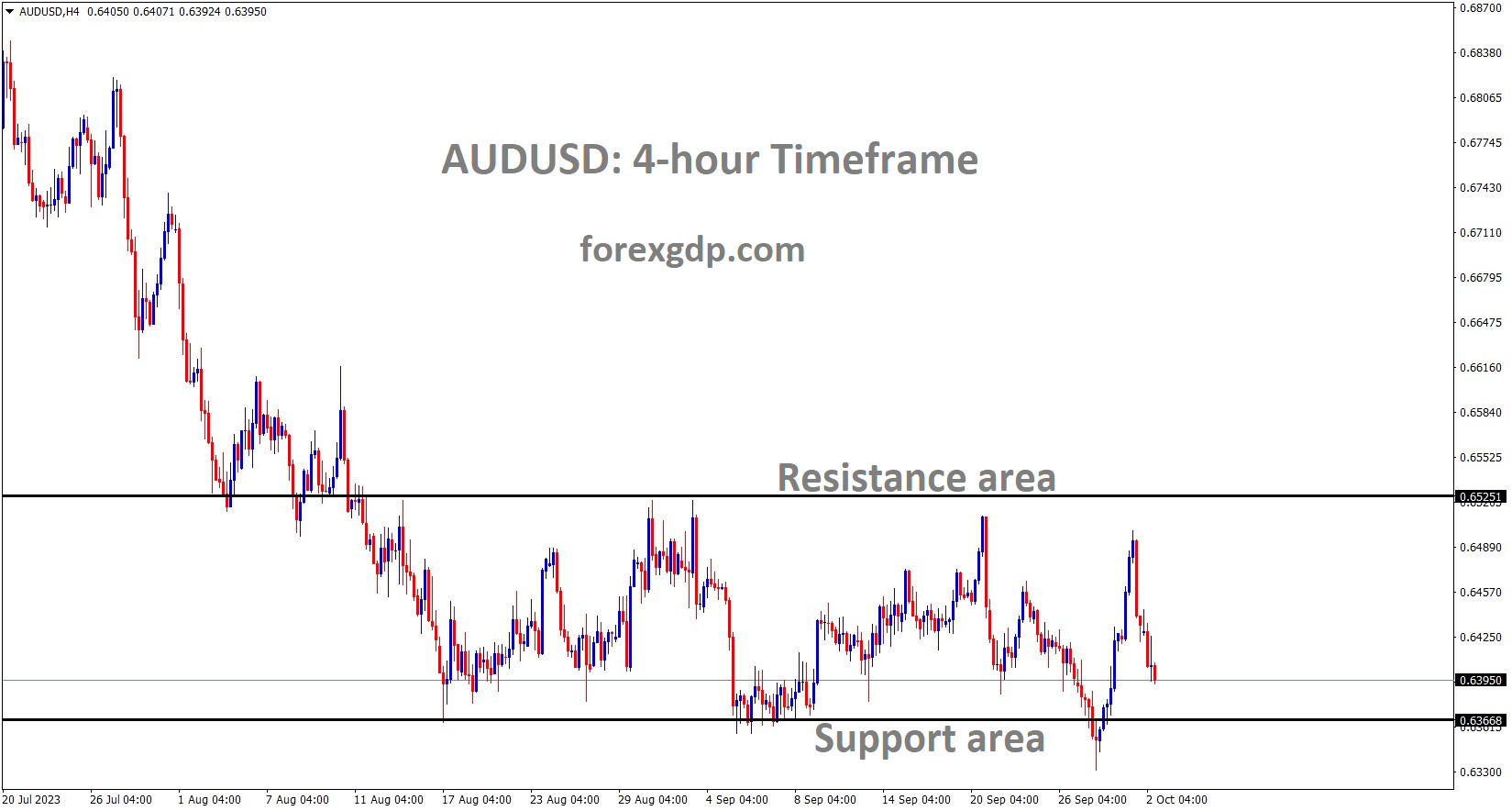
AUDUSD is moving in the Box pattern and the market has fallen from the resistance area of the pattern
The escalation of inflation rates beyond this target range is a cause for concern and prompts a reevaluation of the RBA’s monetary policy. This delves into the RBA’s mandate and its commitment to addressing inflation.
RBA’s Monetary Policy Toolbox
To combat escalating inflation, the RBA possesses a comprehensive toolkit of monetary policy tools. Among these tools, adjusting the official cash rate stands out as a primary lever for influencing the broader economy. The RBA has the capacity to either raise or lower this rate, depending on the economic context and objectives.
The Dilemma of Interest Rate Hikes
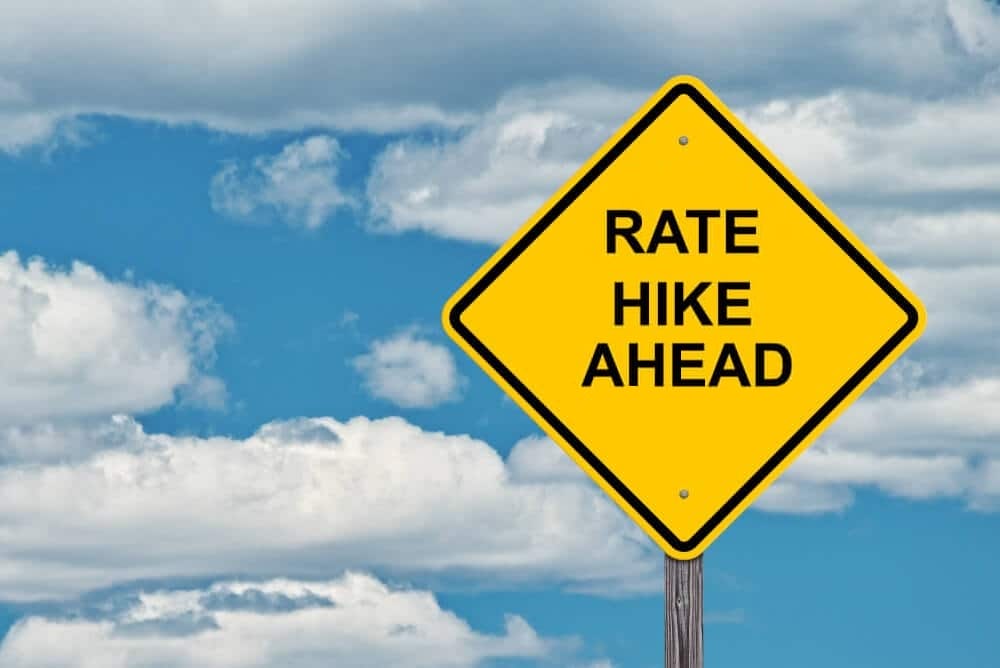
One critical policy consideration the RBA faces is whether to implement interest rate hikes to counteract rising inflation. While raising interest rates can help control inflation, it also presents challenges. On one hand, higher rates may slow economic growth, reduce consumer spending, and increase the cost of borrowing for households and businesses. On the other hand, keeping rates low for an extended period could exacerbate inflationary pressures.
Delayed Impact of Previous Rate Hikes
An essential aspect of the RBA’s decision-making process is understanding the delayed impact of previous rate hikes. Monetary policy changes typically take time to transmit through the economy, influencing households, businesses, and consumer behavior.This examines the timeline associated with rate adjustments and how it affects the RBA’s assessments and decisions.
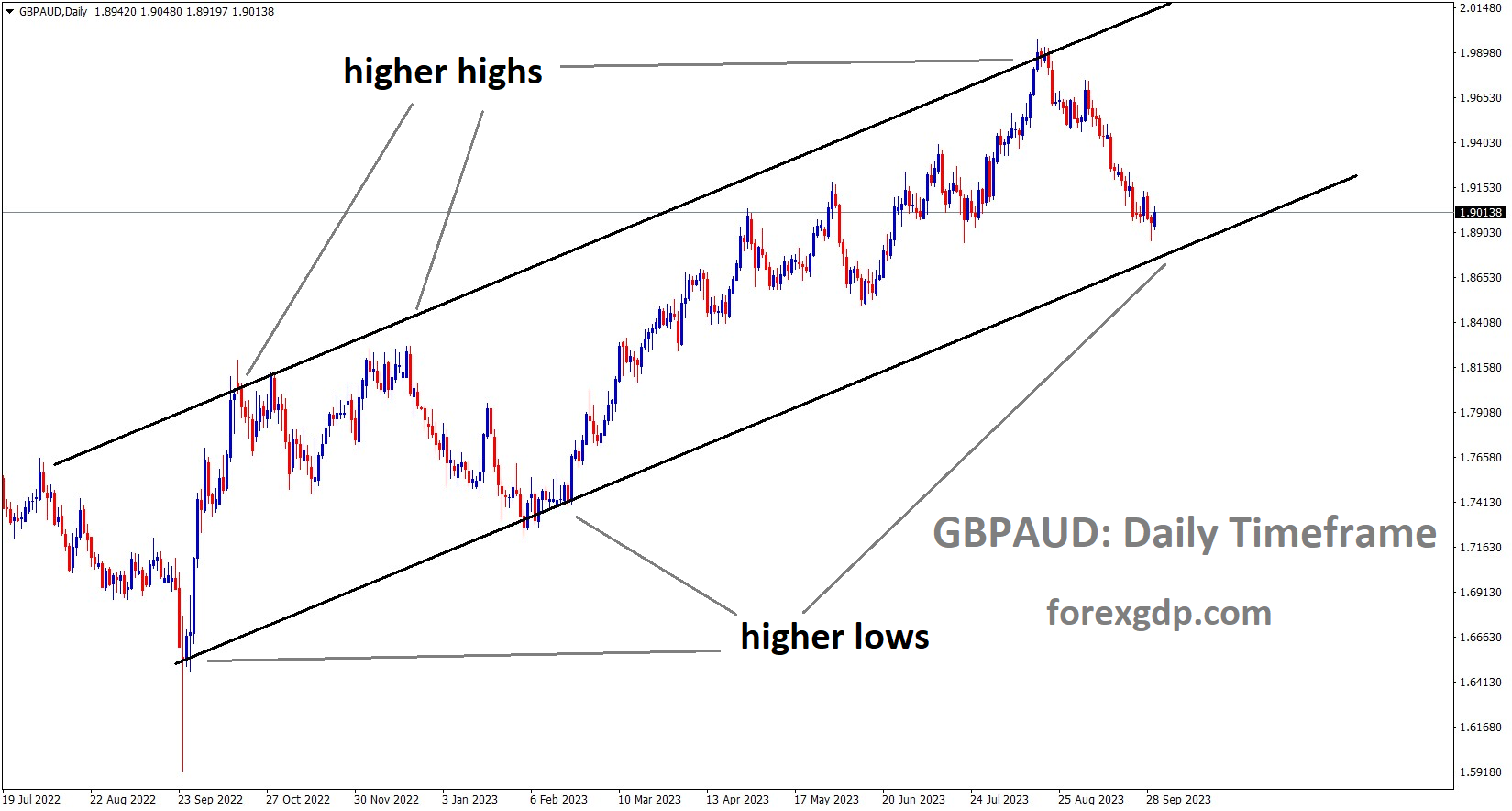
GBPAUD is moving in an Ascending channel and the market has reached the higher low area of the channel
External Factors Influencing Inflation
Global Oil Prices and Their Impact
One of the significant external factors contributing to Australia’s inflationary pressures is the surge in global oil prices. With Brent crude oil nearing $100 a barrel and experiencing a 26% increase in a single quarter, the impact on Australia’s inflation rate is substantial. This subheading explores the intricate relationship between oil prices and inflation and how these external dynamics affect the domestic economy.
Retail Petrol Prices and Consumer Spending

The surge in global oil prices is keenly felt by Australian consumers at the petrol pump. Average retail petrol prices have risen from $1.80 in late June to $2.11 a litre, impacting household budgets and consumer spending patterns. This subheading delves into the repercussions of higher fuel costs on consumer behavior and their implications for the broader economy.
Labor-Intensive Services and Wage Demands
Inflationary pressures are not confined to specific sectors but are also manifesting in labor-intensive services industries. As businesses grapple with rising energy and labor costs, they may pass on these expenses to consumers, resulting in higher prices. Furthermore, this trend can lead to wage demands as workers seek compensation for increased living costs. This subheading explores the intricate relationship between rising costs, consumer prices, and wage pressures.
Financial Markets and Rate Predictions
Market Reactions and Rate Predictions
Financial markets both in Australia and globally are closely monitoring the RBA’s actions and making predictions regarding interest rates. Market participants, financial institutions, and expert analysts are assessing the situation and offering forecasts concerning the timing of rate adjustments.
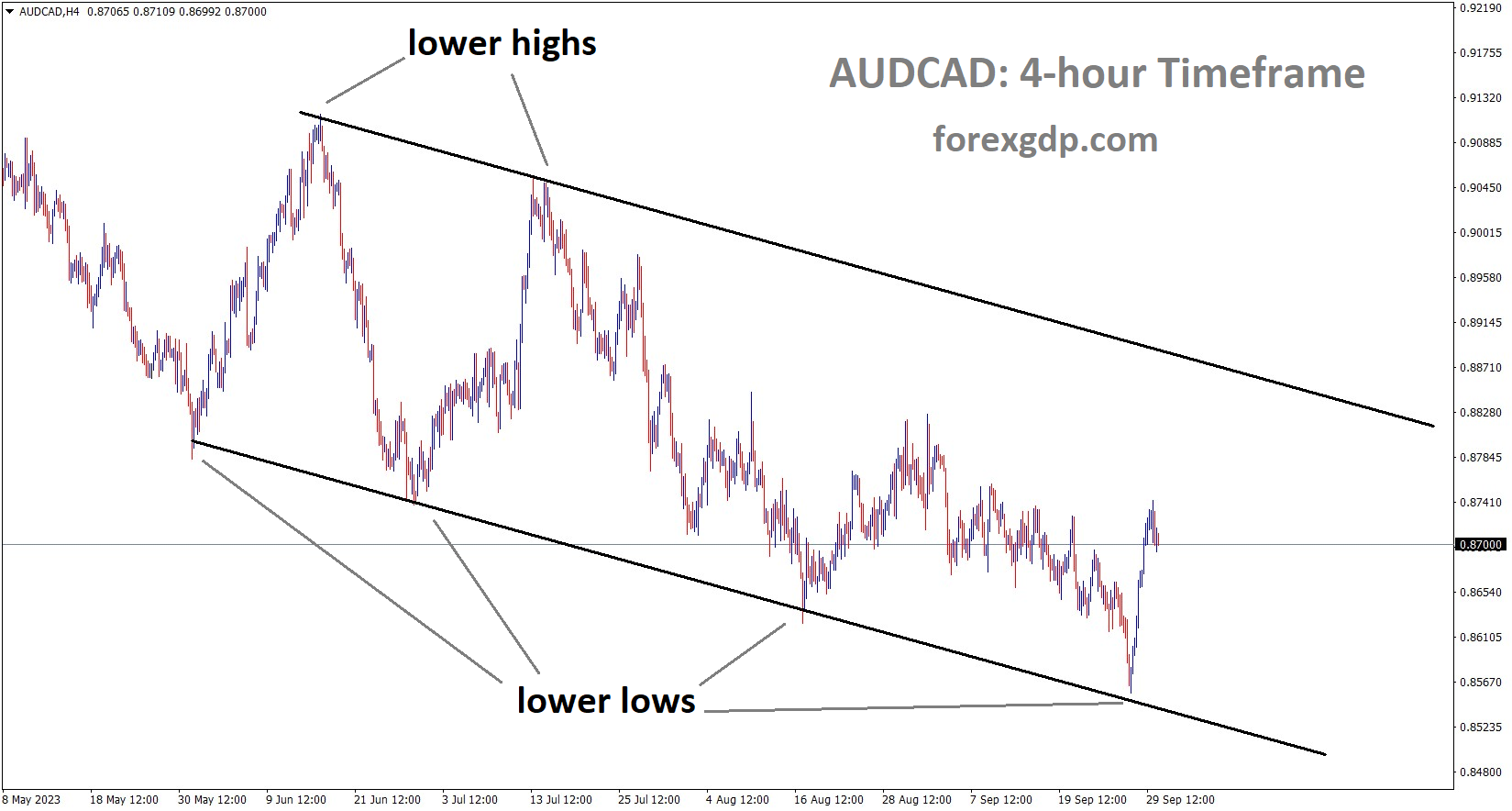
AUDCAD is moving in the Descending channel and the market has rebounded from the lower low area of the channel
This subheading provides insights into how these predictions are shaping market dynamics and investor sentiment.
The Commonwealth Bank’s Revised Forecast
One noteworthy development in the realm of rate predictions is the Commonwealth Bank’s revised forecast for the RBA’s interest rate decisions. This subheading sheds light on why the Commonwealth Bank has adjusted its expectations and extended the timeline for potential rate cuts. It offers an in-depth analysis of the factors influencing this prominent financial institution’s predictions.
Balancing Act for the RBA
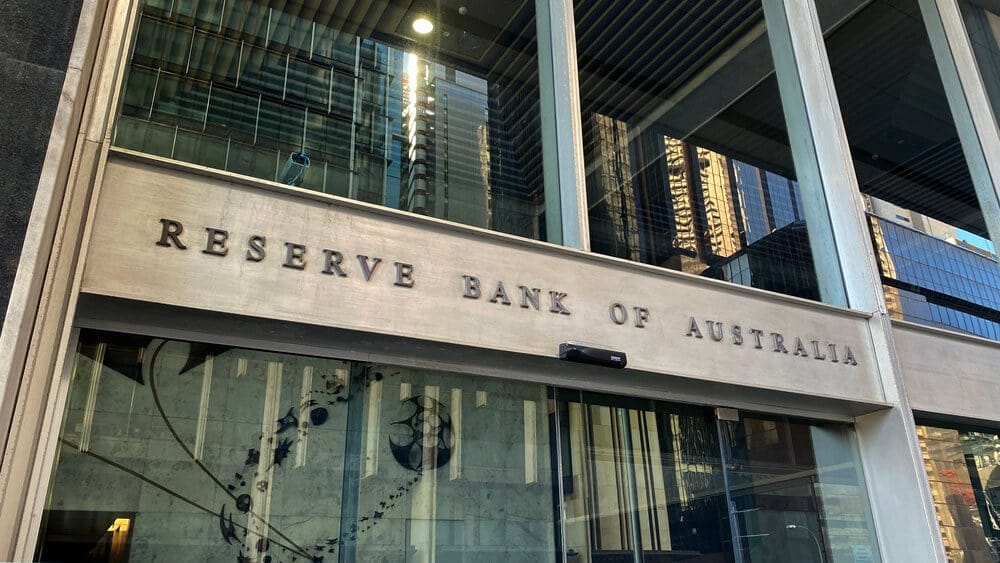
The RBA’s Complex Balancing Act
The RBA faces a multifaceted challenge as it endeavors to balance the competing forces within the economy. These include decelerating inflation, the delayed impact of previous rate hikes, the phenomenon of fixed-rate mortgages, and the resurgence of house prices. This subheading delves into the intricacies of the RBA’s decision-making process and the considerations that guide its policy choices.
Perspectives on Future Rate Hikes
In light of the complex economic landscape, there exists a spectrum of perspectives on the possibility of future interest rate hikes. Some experts and analysts argue that further rate hikes may be necessary to effectively control inflation. In contrast, others contend that rates may have already peaked, given various economic indicators and dynamics. This subheading offers a comprehensive overview of these differing viewpoints and their implications.
The Impact on Households and the Economy
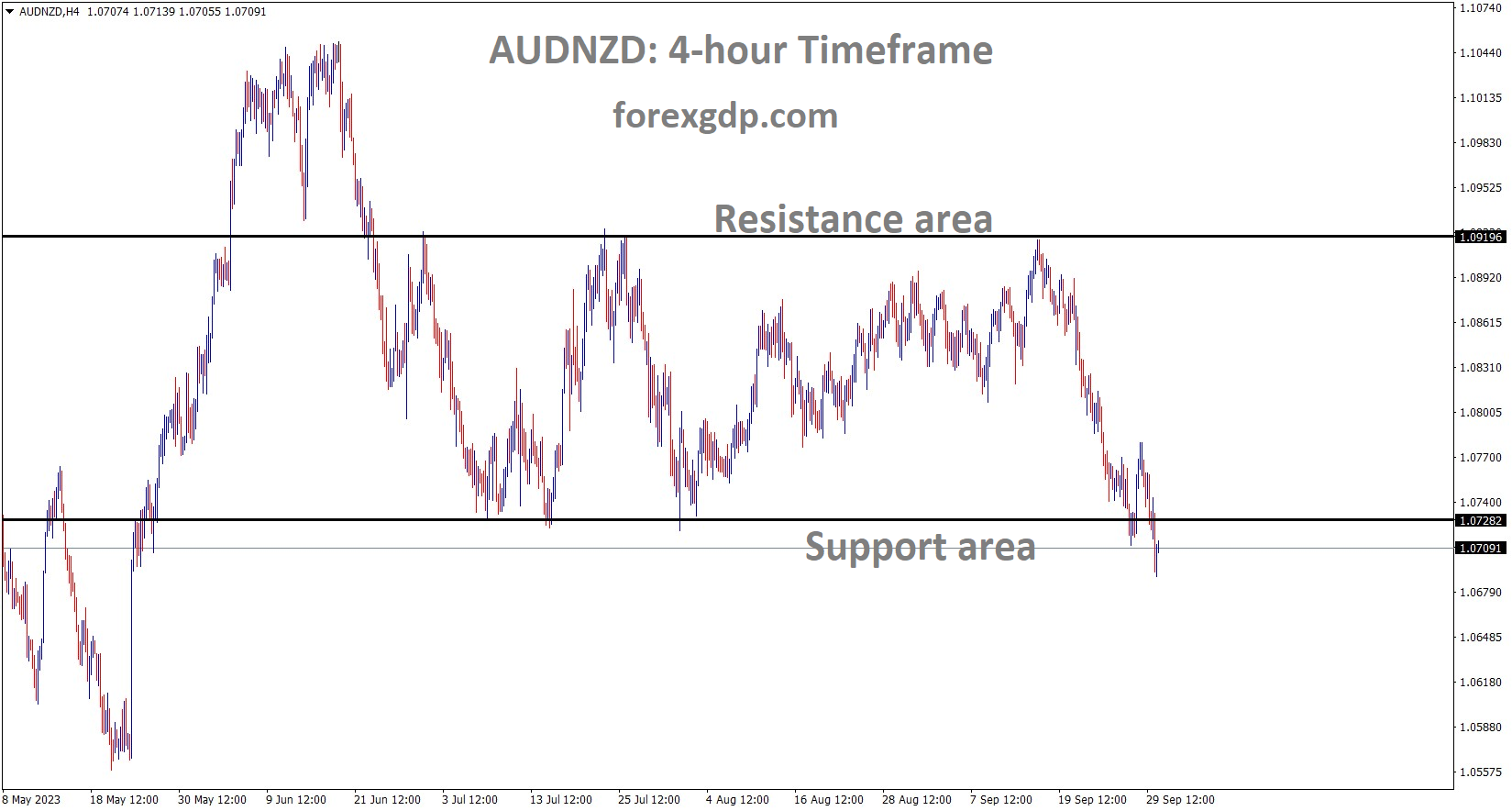
AUDNZD is moving in the Box pattern and the market has reached the support area of the pattern
The impact of interest rate changes on households and the broader economy is a central concern. This subheading explores how interest rate adjustments can affect households, particularly mortgage holders who may face increased financial burdens. Additionally, it examines the broader economic implications of sustained high inflation and the potential consequences of further rate hikes.
Predictions and Possible Scenarios
The Path Ahead for the RBA
In conclusion, this synthesizes the key insights and analyses presented throughout the article. It outlines potential scenarios for the RBA’s future monetary policy decisions, taking into account the complex economic landscape and the possibility of a cash rate hike in early 2024. The choices made by the RBA in the coming months carry significant implications for Australia’s economic well-being and stability.
As we navigate the intricate landscape of rising inflation, the RBA’s response strategies, and the trajectory of interest rates, it is imperative to consider the multifaceted factors at play and the potential outcomes that may shape Australia’s economic future.
Don’t trade all the time, trade forex only at the confirmed trade setups.
Get more confirmed trade setups here: forexgdp.com/buy/

